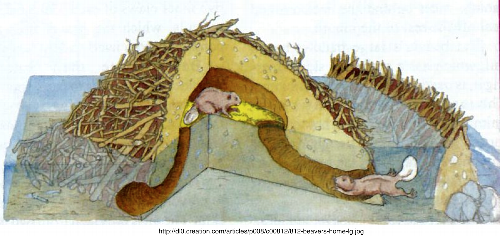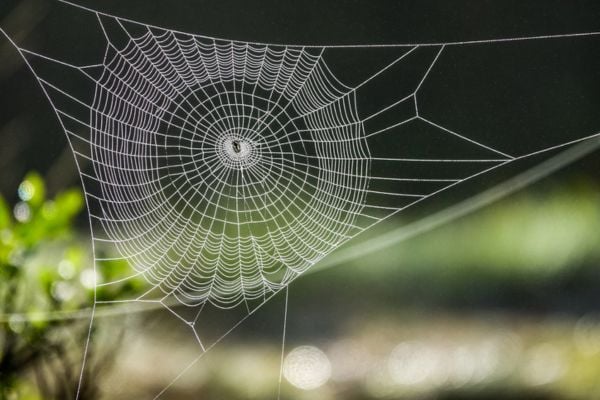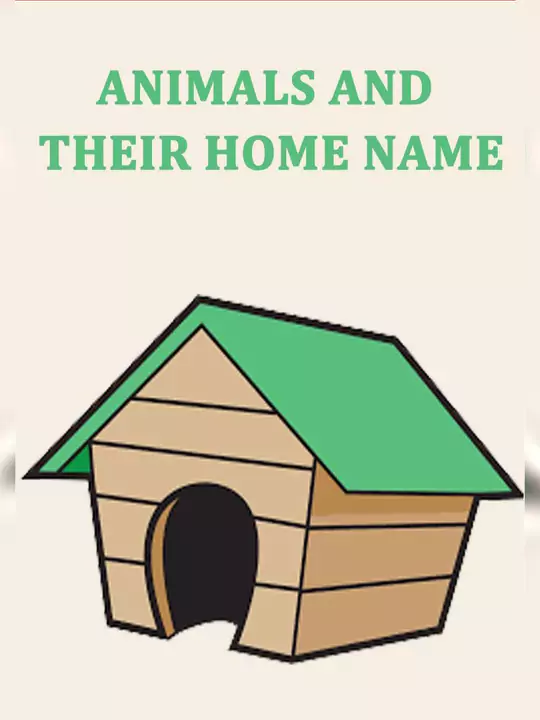Animals Homes Name
Many animals have specific terms for their homes that reflect their unique lifestyles and behaviors. This exploration into the world of animal homes isn’t just about vocabulary; it sheds light on how different species adapt to their surroundings and the roles these structures play in their survival. Stay with us to uncover these names.
Introduction to Animals Homes Name with some details:
Animal homes show nature’s cleverness. Each home protects animals from predators and bad weather while allowing them to display unique behaviors. For example, beehives where each bee plays a role in the colony’s survival. Rabbit burrows show how they create spaces to care for their young.
Learning about the different names for animal homes adds to our understanding of wildlife. Each term represents not just a structure but also a story of adaptation and survival, helping us appreciate the diverse life in the animal kingdom. Details of their names are given below.
The Burrow: Underground Dwellings of Creatures:
Beneath the surface these underground dwellings serve as more than mere shelters; they are complex ecosystems that provide safety, temperature regulation. These burrows play a crucial role in soil health and ecosystem balance. Creatures like earthworms and ants aerate the ground, promoting nutrient cycling and enhancing plant growth. The act of digging creates habitats for countless other organisms. They serve as an underground sanctuary.
Animals Homes Name:
| Animals | Homes | Animals | Homes |
| Rabbits | Warrens | Groundhogs | Burrow tunnel |
| Skinks | Not proper name but live in forest and open areas. | Opossums | Hollow logs |
| Minks | Dens | Chipmunks | Nest chambers, food storage areas |
| Weasels | Dens of former prey | Raccoons | Rock crevices |
| Moles | Molehills | Mink | Dens near water |
Nesting: Birds and Their Cozy Abodes:
Nesting is a fascinating where birds transform the simplest materials into complicated ones for their future generations. From the elaborate woven structures of weaver birds to the minimalist elegance of a sparrow’s grass-lined nook, each nest reflects the unique characteristics of its creator. The choice of location plays a crucial role, with some species opting for high treetops to evade predators, while others seek the safety of dense underbrush. This interplay between beauty and function expresses identity and creativity world.
Animals Homes Name:
- Eagle – Eyrie.
- Hawk – Eyrie.
- Pigeon – Loft.
- Peacock – Roost.
- Parrot – Cage.
- Flamingo – Nest.
- Penguin – Rookery.
- Ostrich – Nest.
- Woodpecker – Tree Hole.
- Baya weaver _ Pendulous
Den: Homes of Predators and Mammals:
For predators like foxes, wolves, and bears, these shelters are not only resting spots but strategic hubs for raising young and storing food. A wolf’s den, often dug into the earth, is typically located near water sources and abundant prey, showcasing their instinctual understanding of resource management. In contrast, a bear’s den, usually a hollowed-out tree or a cave, reflects its need for safety during hibernation, highlighting the adaptability of mammals to seasonal changes.
Animals Homes Name:
- Fox _ lair
- Otter _ holt
- Badger _ sett
- Bear _ cave
- Bobcats _ dens at mountains
Hive: The Buzzing World of Bees:
In the intricate society of a bee hive the queen bee, often perceived as the sole leader, actually embodies the reproductive engine of the hive, while worker bees undertake a myriad of tasks. This communication not only showcases their intelligence but also highlights the importance of collaboration in nature. Beyond their critical role in pollination and food production, bees possess an ability to adapt to environmental changes.

Lodge: Beavers and Their Water Retreats:
Beavers often built home from branches, mud, and stones, rise majestically above the waterline, showcasing the beaver’s incredible ability to transform their environment. What’s fascinating is how these lodges are designed not just for protection from predators but also for temperature regulation; the thick walls keep the interior cozy during winter months while providing a cool retreat in the heat of summer. As beavers dam rivers and streams, they create wetlands that act as natural filters, improving water quality and fostering biodiversity.

Reef: Colorful Homes in Ocean Depths:
Coral reefs create a kaleidoscope of colors and life forms. These underwater ecosystems, often referred to as the “rainforests of the sea,” are crucial to marine biodiversity. A single reef can house thousands of species, from the tiniest plankton to majestic sea turtles. The beauty of these underwater homes is under siege. Climate change, pollution, and overfishing threaten to disrupt this colorful sanctuary. As sea temperatures rise corals face bleaching events that strip them of their vibrant colors and compromise their ability to thrive.
Web: Spiders and Their Intricate Structures:
The art of web-building showcases spiders evolutionary mastery over materials and design. Each silk strand is a marvel of engineering, produced from specialized glands that convert liquid proteins into solid threads. These strands vary in thickness and strength. Interestingly, some species can even recycle their webs, consuming old silk to reclaim valuable proteins, which speaks to their resourcefulness and adaptability.

Stay with me for further details like this.




